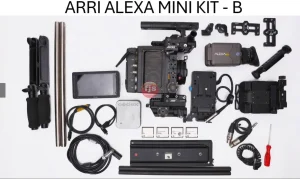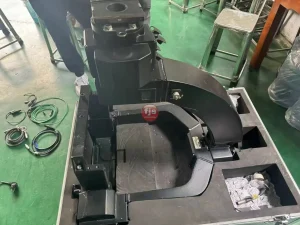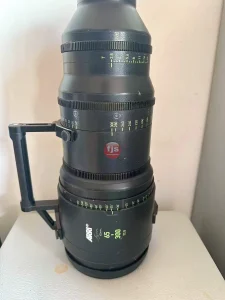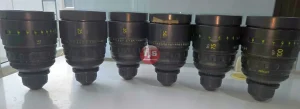The Ultra Prime lenses are lightweight standard speed lenses that have been developed in a cooperation of ARRI and ZEISS. They are a perfect optical match to the high speed ARRI / ZEISS Master Prime lenses. Both companies have been renown for their lenses for almost fifty years.
Among the features of these types of lenses are distortion and breathing control, superior close focus ability, and floating elements design.
Prime lenses are lenses with a fixed focal length, typically with a maximum aperture of f/1.2-f/2.8. They’re fantastic for filmmakers, cinematographers and photographers who want the best optical quality and prefer a shallower depth of field in their images and footage. Popular prime lens focal lengths are 35mm, 50mm, and 85mm.
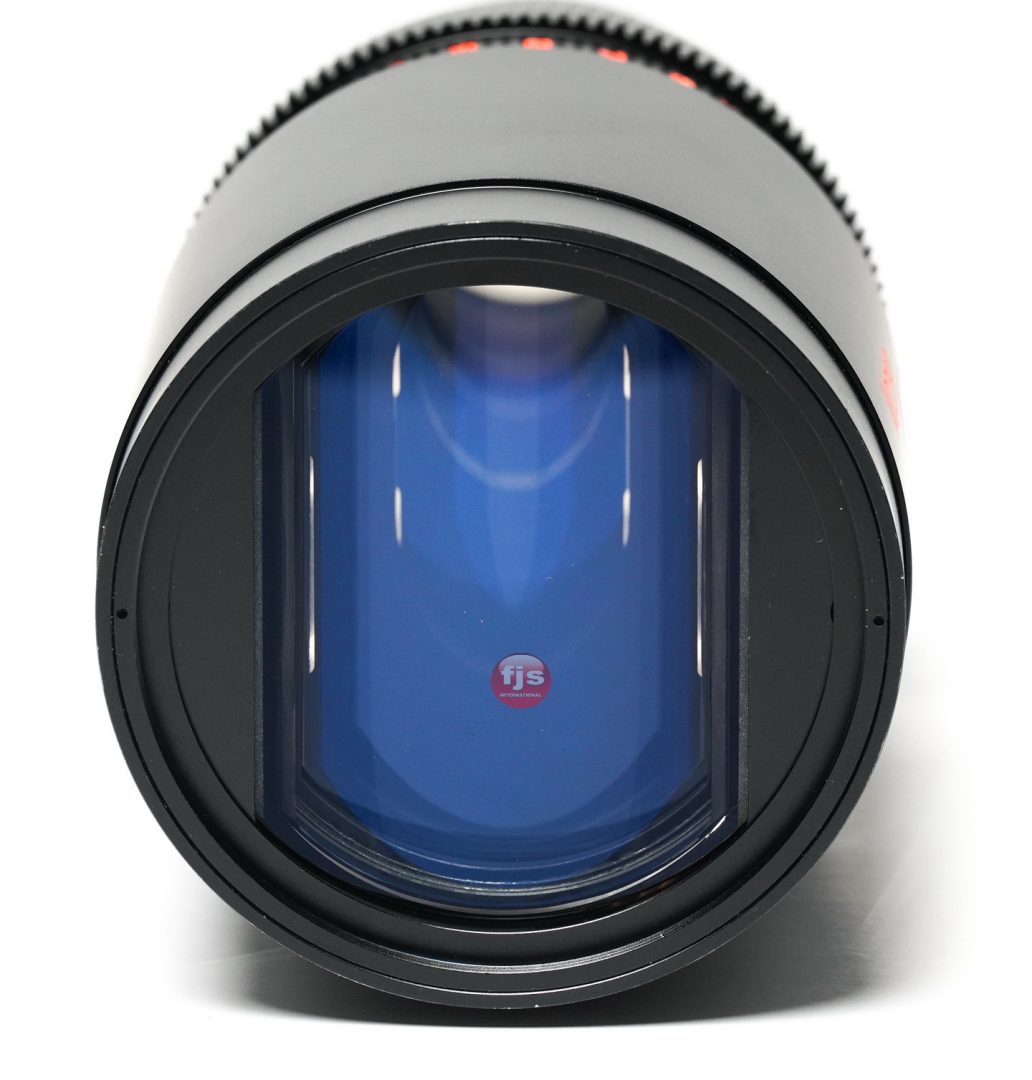
There are three main categories of Prime Lenses: Wide Angle, Standard, and Telephoto. However, other categories may be added to this list.
A prime lens is a camera lens with a fixed focal length. This type of lens is distinguished from a zoom lens, which has the ability to vary its focal length.
There can be confusion between these two meanings without clarifying the context. That’s why alternate terms, such as primary focal length, fixed focal length, or the nomenclature FFL are sometimes used to avoid confusion.
While a prime lens is less versatile than a zoom lens, it often has superior optical quality, wider maximum aperture, lighter weight and smaller size.
These features include having fewer moving parts, optical elements that are often optimized for a standard particular focal length, and a less complicated lens formula that creates fewer optical issues. A larger maximum aperture (smaller f-number) facilitates photography in lower light, and a shallower depth of field.
Prime lenses for 35 mm film and full frame digital cameras (with an image area of 36 by 24 millimeters) can be categorized by focal length as follows:
- Ultra-Wide lenses are often used at very close subject distances to produce a perspective that provides a dramatic, often extreme image that distorts a scene’s natural proportions.
- A wide lens is one that captures a wider field of view than a standard lens, at shorter distances. The perspective can show some distortion, but wide lenses can be very versatile in special circumstances.
- Standard lenses have a focal length near the 44mm image diagonal and a perspective similar to human vision. They are very popular for magazine photography and social media articles.
- Portrait lenses are short telephoto lenses that allow for a longer subject to camera distance, resulting in pleasing perspective effects and useful image framing.
- Telephoto lenses are extremely popular among photographers and videographers. They allow you to capture faraway objects with ease, making them ideal for action and sports photography. Nature documentary filmmakers also love telephoto lenses for their ability to capture stunning natural landscapes and wildlife.
- Super Telephoto lenses come in a range from 200 to 500 mm. This type of lens is specialized for sports, action, and wildlife photography and you will often see them being used in events like the World Cup because of their ability to capture long distances.
Some specialist lenses are only available as prime lenses due to design or cost constraints, which may limit photographers’ ability to shoot certain types of photos.
Examples of specialist lenses used in photography include the extreme telephoto or wide angle, lenses with tilt or shift function, lenses with large apertures and macro lenses.


